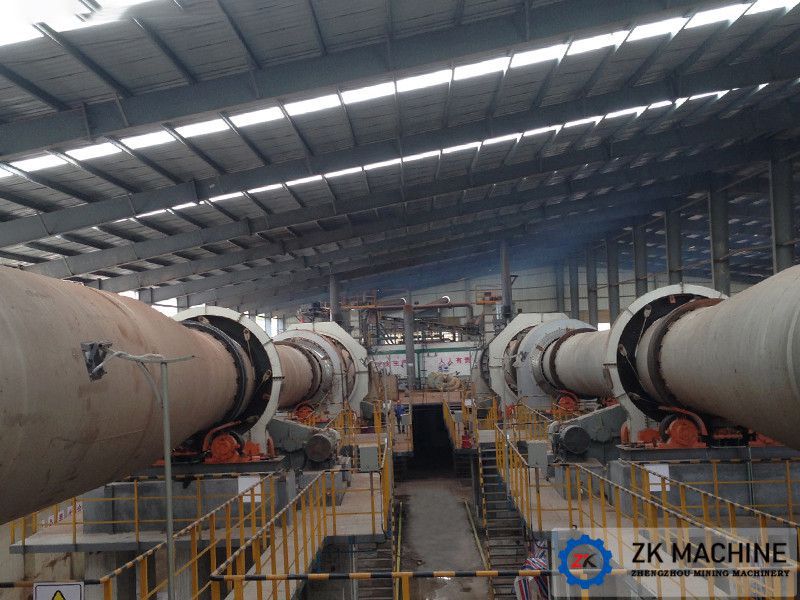Influencing Factors of Sintering Ceramsite
Date:2021-06-08 Source:zk corp Views:
Ceramsite is widely used in wall panels, blocks, lightweight concrete and other directions because of its excellent heat insulation, sound insulation, anti-corrosion, and low specific gravity. It plays a major role in replacing sand and gravel aggregates and reducing building weight.
The traditional expanded ceramsite is directly granulated and fired by clay. With the development of society, this extensive and resource-consuming ceramsite production method has been gradually banned and replaced. The current development direction is mainly concentrated in various solid wastes. Of co-processing to produce ceramsite.
However, not all building materials can be fired into ceramsite.
To judge whether one or several materials can be fired into ceramsite, it mainly depends on the proportion of several inorganic oxides in the raw materials that can form the glass phase: aluminum oxide, silicon dioxide, iron oxide, calcium oxide, magnesium oxide, sodium oxide, potassium oxide. These oxides play different roles when ceramsite is fired.

The role of oxides in the firing of ceramsite:
Aluminum oxide: It is fired to a certain temperature to form a glass phase. After cooling down, excessive aluminum oxide composition will lead to excessive melting temperature of the material, and too low content will result in insufficient glass phase strength, and bubbles will cause ceramic The ceramsite is broken, causing the ceramsite to not form. The ideal composition is about 18%.
Silica: The main strength material that affects the swelling temperature of ceramsite. Too high content will result in too high strength of the glass phase, too high swelling temperature, and poor expansion effect. If the content is too low, the ceramsite will not be formed. The ideal composition is about 55%.
Iron oxide: The main foaming material starts to react at about 600°C and reacts with the reducing substances in the material to form carbon dioxide, which is mostly present in the raw material as a foaming agent. If the content is too low, there will be fewer bubbles and the fired ceramsite will have a large volume, which is not an expanded ceramsite. If the content is too high, the glass phase on the surface of the molten ceramsite will be broken and the ceramsite will not be formed. The ideal composition should be around 7%.
Calcium Oxide + Magnesium Oxide: Mainly adjust the melting temperature of ceramsite. When the content of these two increases, the melting temperature of the material will decrease. However, if these two components are too high, they will react with heavy metal ions in the ceramsite to form soluble heavy metal water-soluble salts, resulting in unqualified heavy metal leaching rate of the ceramsite. The ideal composition is about 5%.
Potassium Oxide + Sodium Oxide: Its main effect is similar to calcium oxide and magnesium oxide, but the effect is stronger.
If the material composition meets the above composition content, it can theoretically be used as the raw material of expanded ceramsite, but the production of ceramsite not only depends on the raw material, but also depends on the process and equipment. The production of ceramsite mostly uses plug-in rotary kilns, and the drying kiln in the first half is usually longer than the calcining kiln in the second half. The drying process should be slower to prevent the water in the ceramsite raw meal from evaporating rapidly and causing the raw meal to burst. When calcining, the temperature should be raised quickly, so that when the ceramsite enters the molten state, the foaming components inside are still reacting, and the generated gas is fixed inside to achieve a better foaming effect.

